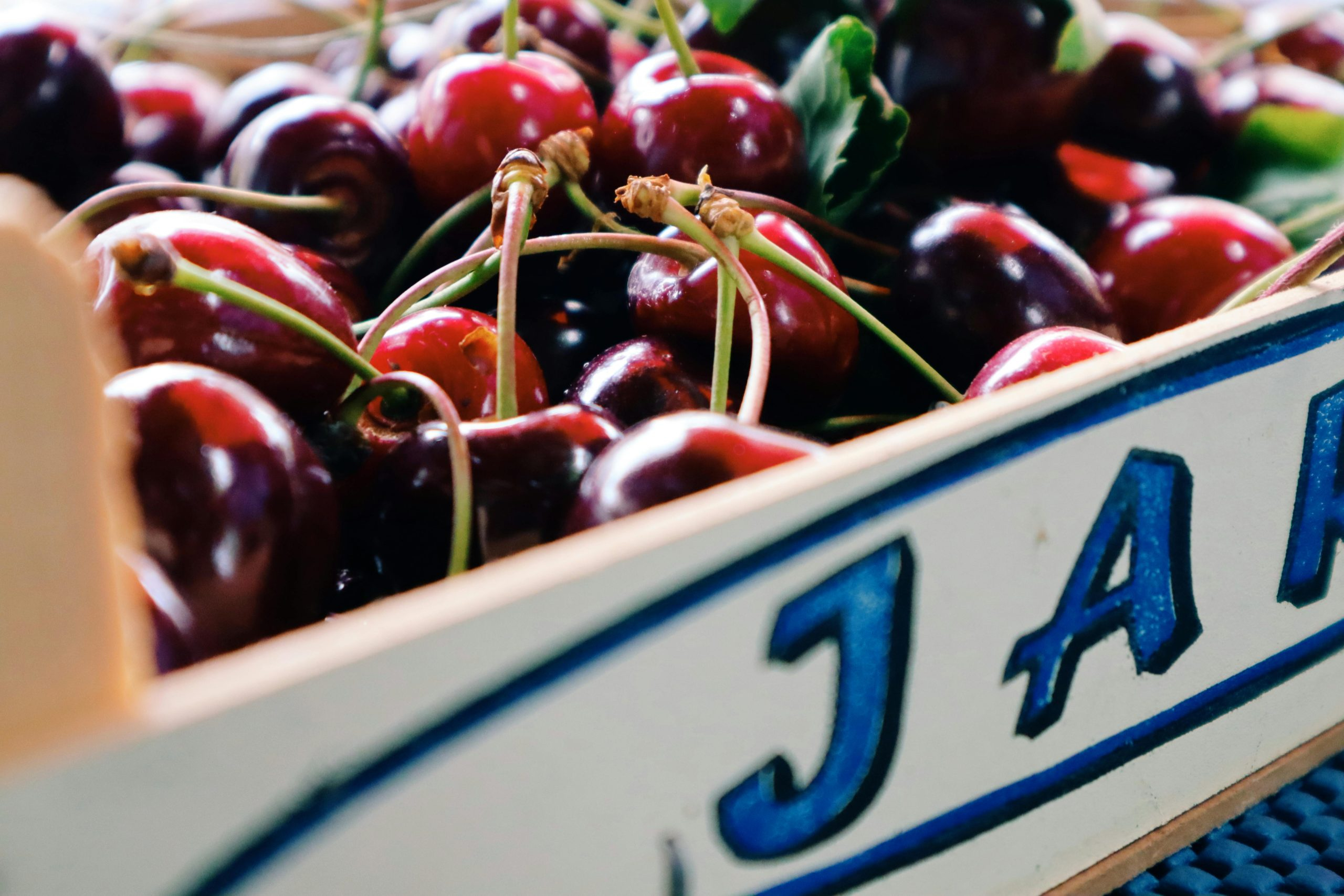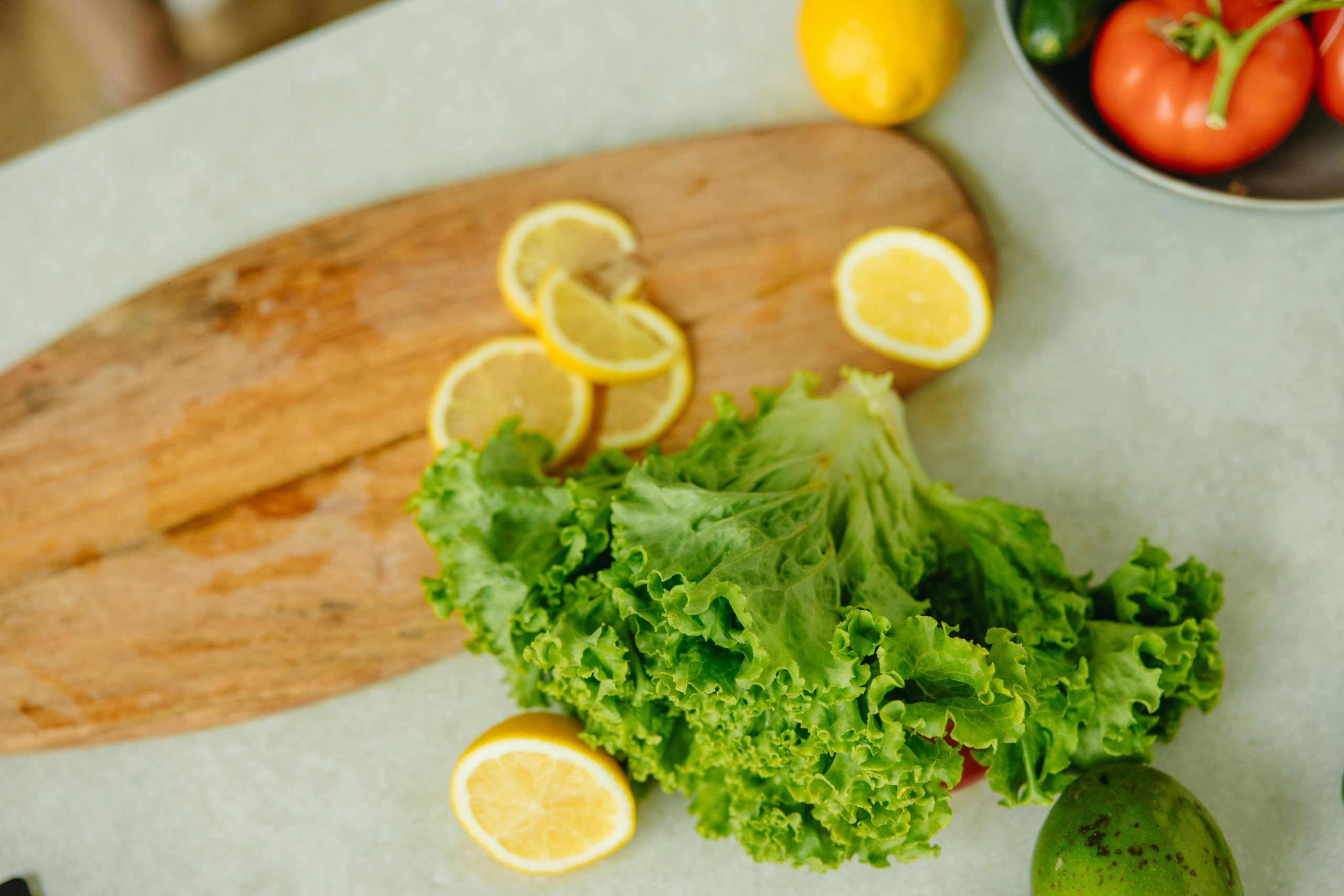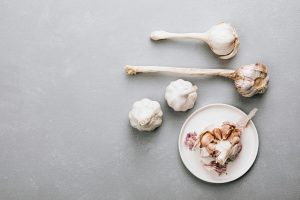Preserving Summer Produce for Winter
Welcome to the season of abundance! Summer is in full swing, and that means it’s the perfect time to savor all the fresh fruits and vegetables that are in season. But with the colder months just around the corner, it’s also time to start thinking about preserving your summer produce for winter. Not only will this help you save money and reduce food waste, but it will also allow you to enjoy the delicious tastes of summer even when the snow is falling outside. So, let’s dive into some tips and tricks for preserving summer produce for those long winter months ahead.
Why Should You Preserve Summer Produce?
Before we dive into the how-to’s of preserving summer produce, let’s take a moment to talk about why it’s so important to do so. Firstly, preserving produce allows you to enjoy the flavors and benefits of summer produce all year long. Instead of turning to canned and frozen options from the grocery store, which can often be filled with preservatives and lack the same taste as fresh produce, preserving your own fruits and vegetables ensures quality and satisfaction.
Additionally, preserving summer produce can also save you money in the long run. By buying in bulk and preserving your favorite summer fruits and vegetables, you’ll likely be able to cut costs and avoid food waste. Plus, homemade preserved goodies also make great gifts for friends and family during the holiday season. These are just a few of the many reasons why preserving summer produce for winter is a great idea.
Methods of Preservation
Canning
Canning is one of the most popular forms of preserving summer produce. This method involves heating jars of food to a high temperature, essentially killing any bacteria and sealing the jar to create an airtight environment. This preserves the food for a long period of time.
When it comes to canning summer produce, there are two methods to consider: water bath canning or pressure canning. Water bath canning is best used for high-acid foods such as tomatoes, pickles, and fruit jams. Pressure canning, on the other hand, is the method to use for low-acid foods like meat, soups, and stews. Do your research and follow proper instructions to ensure safe and effective canning.
Freezing
Another popular method for preserving summer produce is freezing. This method is especially great for fruits like berries and stone fruits, which can easily be frozen and used in smoothies and baked goods during the winter. For vegetables, blanching them (quickly cooking in boiling water and then placing them in ice water) before freezing can help maintain their texture and color. It’s important to use freezer-safe containers and proper labeling to avoid any confusion later on.
Drying
Drying is another method for preserving summer produce, and it’s a great option for herbs and some fruits such as apples and cherries. To properly dry produce, it’s best to use a dehydrator or place them in the oven at a low temperature. Once completely dry, store in airtight containers and use for cooking and snacking throughout the winter months.
Tips for Preserving Summer Produce
Choose the Best Produce
The key to successful preservation is to start with the best quality produce. Choose fresh, ripe produce without any signs of mold or bruising. This will ensure the best flavor and texture in your preserved goods.
Use Quality Storage Containers
When it comes to preserving your produce, using the right storage containers is crucial. For canning, use mason jars with new lids to ensure an airtight seal. For freezing, use freezer-safe containers that won’t crack or break at lower temperatures. And for drying, use well-sealed airtight jars or containers to avoid moisture getting in.
Label and Date Everything
Labeling and dating your preserved produce may seem like an unnecessary step, but it will save you a lot of confusion later on. Make sure to include the type of produce, the date it was preserved, and any other important information such as processing method and potential allergens.
Follow Proper Hygiene and Safety Protocols
When it comes to preserving food, safety is of utmost importance. Make sure to thoroughly clean all utensils, storage containers, and your hands before and after handling food. Follow proper food safety guidelines and always use the correct methods and processing times for the type of produce you’re preserving.
Conclusion
Preserving summer produce for winter is not only a great way to enjoy the tastes of summer all year long, but it’s also a practical and cost-effective way to reduce food waste. With canning, freezing, and drying as popular options, there are plenty of methods to choose from. But remember, always choose quality produce, use proper storage containers, and follow safety protocols for the best results. So, go ahead and stock up on your favorite summer produce and start preserving for those chilly winter nights ahead.











